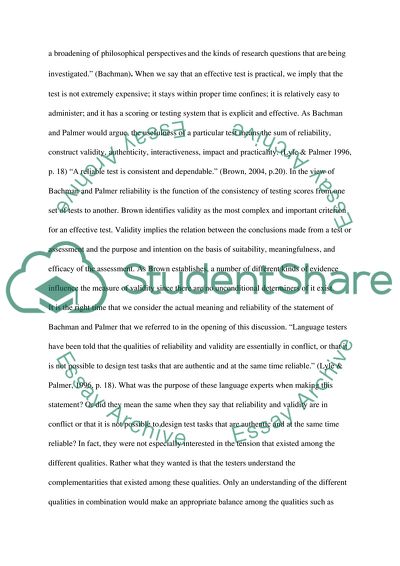Cite this document
(Features of Testing in Language Learning Coursework, n.d.)
Features of Testing in Language Learning Coursework. https://studentshare.org/education/1710404-testing
Features of Testing in Language Learning Coursework. https://studentshare.org/education/1710404-testing
(Features of Testing in Language Learning Coursework)
Features of Testing in Language Learning Coursework. https://studentshare.org/education/1710404-testing.
Features of Testing in Language Learning Coursework. https://studentshare.org/education/1710404-testing.
“Features of Testing in Language Learning Coursework”. https://studentshare.org/education/1710404-testing.


